 |
| Click on figures for larger images |
 |
| Figure 29. Locations of stations at which bottom photographs were taken during U.S. Geological Survey cruise 2010-015-FA aboard the OSV Bold to identify the sea-floor sedimentary environments and habitat. |
During USGS cruise 2010-015-FA, video photography of the sea floor was collected at 28 stations within the H11997 survey area as part of this study (fig. 29). The mid-sized SEABOSS system was also used to obtain 1 to 4 still photographs at each station as the OSV Bold drifted over the seabed for 2 to 5 minutes. A total of 70 still photographs of the sea floor were obtained at 25 of the stations; frame grabs of the video are presented for the remaining 3 stations where suitable bottom photographs were not collected. The field of view of each image is approximately 50 cm wide (SEABOSS 50 cm above the bottom).
Low-resolution images (150 pixels wide) of the photographs may be viewed by browsing the thumbnails in the photo gallery below. These thumbnails are hyperlinked to medium-resolution images (600 pixels wide) for more detailed viewing. Alternatively, the directory containing the full-resolution images may be accessed by clicking here. These full-resolution images can be identified using the .jpg image names in galleries below, but full-resolution images of the frame grabs are not provided. Textural analyses of samples obtained at these stations, where available, are provided in the Sediments section of this report.
Station / Lithologic Description
| 997-1 / Boulders overgrown primarily with sponges, hydroids, seaweed, and patches of anemones. Pebble- and cobble-sized gravel and dense beds of mussel shells cover the sea floor between the boulders. |
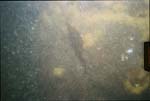
997-1a |
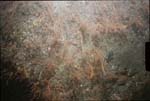
997-1b |
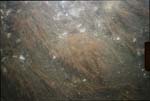
997-1c
|
|
| 997-2 / Current ripples on sand waves. Shells, shell hash, and pea gravel are concentrated in the wave troughs; organic debris is concentrated in the ripple troughs; scour depressions are present around larger grains. Hydroids and hermit crabs were observed. |
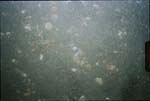
997-2a |
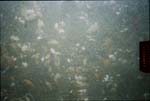
997-2b |

997-2c
| |
| 997-3 / Current ripples and megaripples on sand waves. Bedforms have sandy crests; shell debris is concentrated in the troughs. |
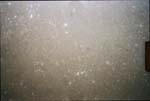
997-3a |
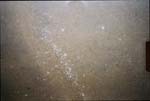
997-3b
|
|
|
| 997-4 / Current ripples and megaripples with sandy crests and coarser sediment in the troughs where shell debris and pea- to pebble-sized gravel are concentrated. Spider crabs and skate were observed. |
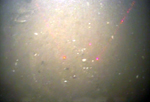
997-4a
|
| |
|
| 997-5 / Rippled sand with gravelly patches. Scour around larger grains, sea ravens, and small finfish sheltering from the current behind larger gravel were observed. |
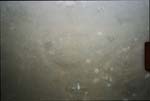
997-5a |
|
| |
| 997-6 / Gravel and gravelly sediment between scattered boulders. Shell debris and hydrozoans are common; patches of rippled sand and spider crabs are present. |
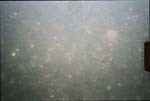
997-6a |
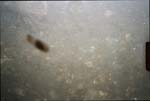
997-6b |
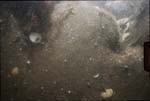
997-6c
| |
| 997-7 / Turbid water over a flat sandy sea floor with a current swept appearance and scour depressions around shells. Burrows, small finfish, flounder, and hermit crabs were observed. |
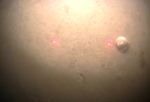
997-7a
|
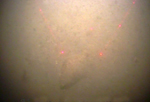
997-7b
|
|
|
| 997-8 / Current ripples and megaripples on sand waves. Patches of pink burrowing anemones are present in the wave troughs. Skate were observed. |
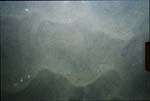
997-8a |

997-8b
|
| |
| 997-9 / Rippled sand with shell debris concentrated in the troughs of the bedforms. Scattered burrows, tubes, and hydrozoans are present. Spider, hermit, and cancer crabs were observed. |
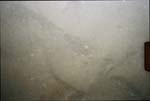
997-9a
|
|
| |
| 997-10 / Rippled sand with shell debris concentrated in the troughs of the bedforms. Some gravel and a few scattered burrows are present. Hydrozoans, crabs (spider, cancer, and hermit), small finfish, and skate were observed. |
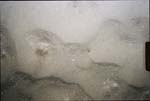
997-10a |

997-10b |
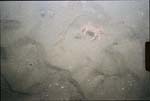
997-10c
|
|
| 997-11 / Rippled and megarippled gravel and gravelly sediment. Scour depressions are present around larger gravel. Living mussels and mussel shell debris range from scattered to dense concentrations. |
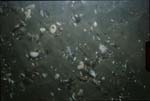
997-11a |
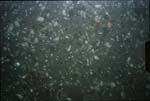
997-11b
|
|
|
| 997-12 / Gravelly sediment with patches of sand, gravel, and shell debris. Sea floor has a current-swept appearance; scour depressions are present around coarser gravel. Skate, hydrozoans, cancer and spider crabs, barnacles on coarser gravel, and drifting seaweed are present. |
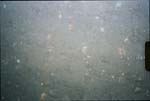
997-12a |

997-12b |
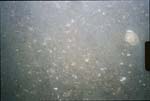
997-12c
|
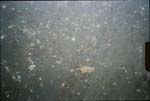
997-12d |
| 997-13 / Gravel with patches of gravelly sediment and concentrated shell debris. Starfish, hydrozoans, burrowing anemones, hermit crabs, and drifting seaweed are present. |
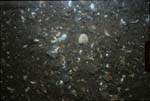
997-13a |

997-13b
| 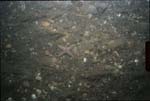
997-13c |
|
| 997-14 / Current ripples and megaripples on sand waves. Drift transect is a wave trough going up to the wave crest where the sample was taken. Shell debris is concentrated in the troughs of the bedforms. Hydrozoans, cancer and hermit crabs, flounder, drifting seaweed, and hydroids growing on sparse cobbles were observed. |
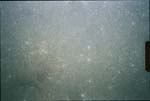
997-14a |
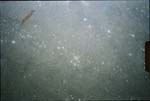
997-14b |
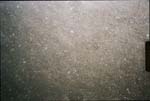
997-14c
| |
| 997-15 / Flat sea floor composed mainly of pea- and pebble-sized gravel with small sandy patches. Scattered shell debris, starfish, spider and cancer crabs, drifting seaweed, and skate are present. |
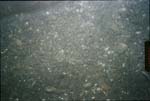
997-15a |

997-15b
|

99715c
| |
| 997-16 / Flat sea floor composed mainly of pea- and pebble-sized gravel with small sandy patches. Scattered shell debris, starfish, spider and cancer crabs, and finfish are present. |
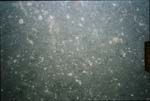
997-16a |
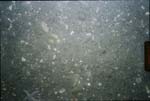
997-16b |
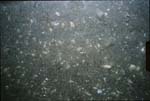
997-16c
|
|
| 997-17 / Pea- and cobble-sized gravel armors underlying gravelly sediment. Scattered shell debris is present. Finfish (hake) were observed. |
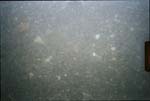
997-17a |
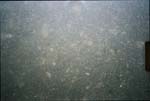
997-17b |
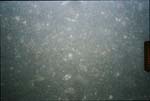
997-17c
|
|
| 997-18 / Sand ripples migrating across a pea- and pebble-sized gravel pavement give the sea floor a current-swept appearance. Shells and shell hash, starfish, and seaweed-rafted gravel are present. |
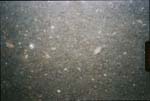
997-18a |
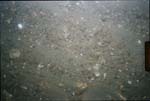
997-18b |
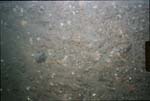
997-18c
|
|
| 997-19 / Pea- and pebble-sized gravel armors underlying gravelly sediment. Scattered cobbles, shell debris, and drifting seaweed are present. A few crabs, skate, and whelk were observed. |
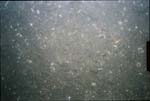
997-19a |

997-19b
| 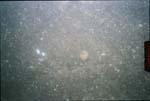
997-19c
|
|
| 997-20 / Current-rippled sand and gravelly sediment with patches of pea- to pebble-sized gravel. Scour depressions around scattered mussel shells, small finfish, and hydrozoans growing on shells are present. |
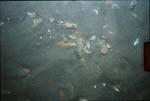
997-20a |
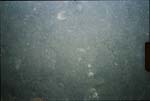
997-20b
| 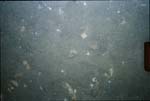
997-20c
|
|
| 997-21 / Gravelly sediment, pea- to cobble-sized gravel, current-rippled sand, and shells and shell debris. Scour depressions are present around larger objects. |
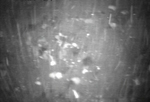
997-21a |

997-21b
|
|
|
| 997-22 / Pea- to cobble-sized gravel, gravelly sediment, current-rippled sandy patches, and scattered shell debris primarily from mussels. Cancer crabs were observed. |
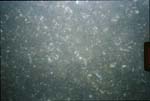
997-22a |
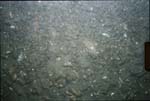
997-22b
| 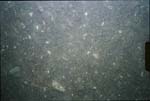
997-22c
|
|
| 997-23 / Boulders overgrown primarily with sponges, hydroids, and anemones. Rippled sand, mussel shells and debris, and pebble- to cobble-sized gravel cover the sea floor between the boulders. Lobsters and starfish were observed. |
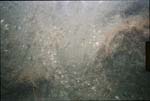
997-23a |
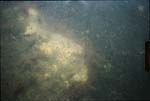
997-23b
| 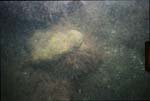
997-23c
|
|
| 997-24 / Boulders overgrown primarily with sponges, hydroids, and anemones. Rippled sand, mussel shells and debris, and pebble- to cobble-sized gravel cover the sea floor between the boulders. |
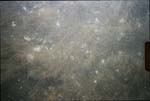
997-24a |
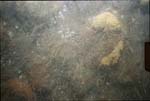
997-24b
| 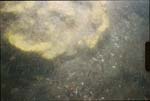
997-24c
|
|
| 997-25 / Current-rippled sand and gravelly sediment. Shell hash is concentrated in the ripple troughs. Cancer crabs, flounder, and hydrozoans are present. |
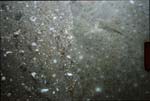
997-25a |

997-25b
| 
997-25c
|
|
| 997-26 / Relatively flat sea floor covered with gravelly sediment and living mussels and mussel shell debris. Cancer crabs, urchins, eel, and squid were observed. |

997-26a |
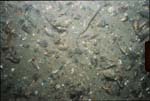
997-26b
| 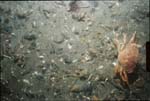
997-26c
|
|
| 997-27 / Boulders, pebble- and cobble-sized gravel, and living mussels and mussel shell debris cover the sea floor. Boulders are overgrown with hydroids, hydrozoans, and anemones. Starfish, lobsters, and cancer crabs were observed. |
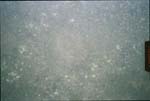
997-27a |
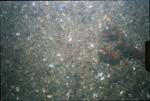
997-27b
| 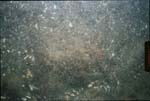
997-27c
|
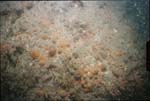
997-27d |
| 997-28 / Boulders overgrown primarily with sponges, hydroids, and hydrozoans. Cobble-sized gravel covers the sea floor between the boulders. |
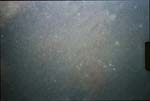
997-28a |

997-28b
| 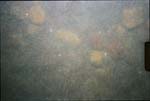
997-28c
|
|
|